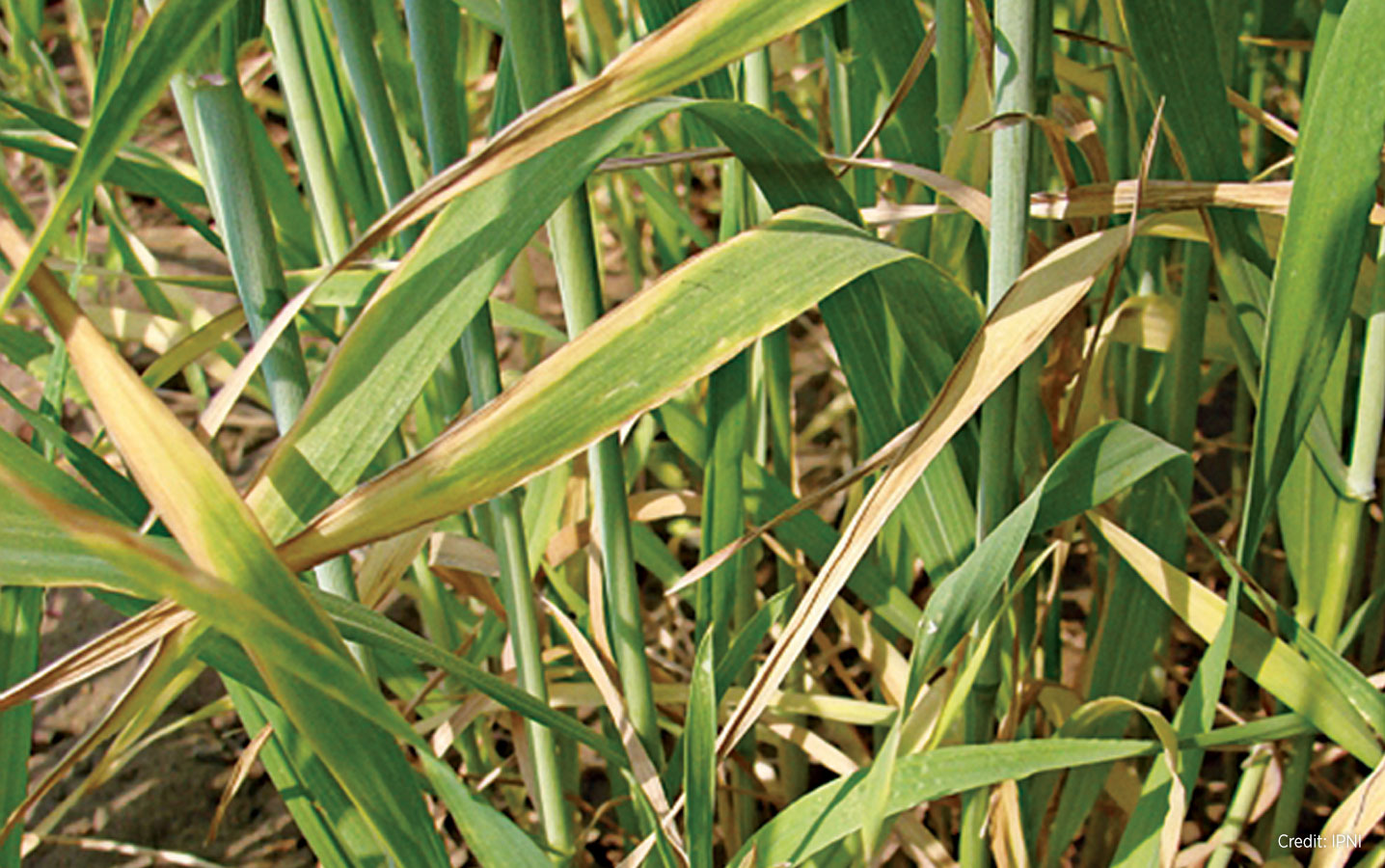Science Edition 2014—Key practice: In the seed row is the best time and place for the first 15 to 20 lb./ac. of phosphate — which is the amount most likely to produce an economic return in the year of application. However, this rate is not enough to match crop removal, which may lead to phosphorus shortages over...
Read More Science Edition 2014—Key practice: Use seed treatments and early in-crop treatments, if scouting deems them necessary, to protect young plants from flea beetles. Key research: Hallett, Rebecca, University of Guelph. “Assessing the Impact of Swede Midge on Canola Production in the Prairies & Ontario.” Canola Agronomic Research Program (CARP 2005-14). Olfert, Owen and Elliott, Bob, Agriculture and...
Read More Science Edition 2014—Key practice: In Western Canada where the growing season is short, the ideal practice is to apply all fertilizer at the time of seeding. However, if shortages are expected or crops are showing deficiencies, soil-applied applications of nitrogen or sulphur fertilizer after emergence will likely provide an economic benefit. Key research: Guy Lafond, Agriculture and...
Read More Science Edition 2014—Canola growers can experience substantial decreases in yield due to sulphur deficiency. The abstract to the Grant, Malhi and Karamanos review cited above begins with this: “(Canola) has a high concentration of sulphur in its tissue and seed and a particularly high demand for sulphur relative to its yield potential. Therefore, effective sulphur management is...
Read More 
Science Edition 2014—Most canola crops grown in Western Canada are not short of potassium because most Prairie soils have sufficient potassium levels. Sandy soils with low clay content are most likely to be short of potassium, especially if those fields have been in forages where a large percentage of the biomass is removed each year. Cereals in...
Read More




